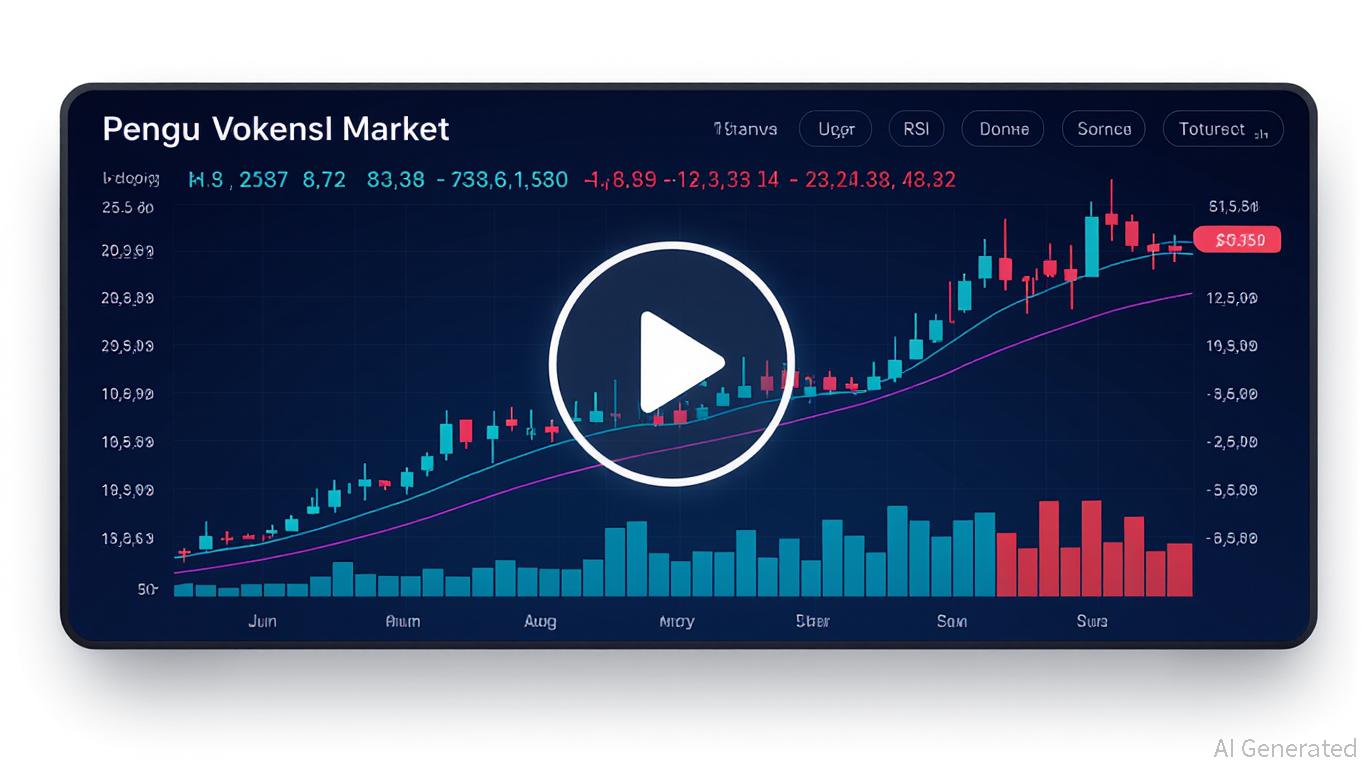3AC-Linked FLEX, OX Tokens Surge Despite Lack of New Holders
Less than 2,000 wallets hold OX tokens, a level that’s far below the average holders of tokens with similar market capitalizations.

Flex Coin (FLEX) and Open Exchange Token (OX), two tokens linked to the new crypto exchange OPNX, surged as much as 35% in the past 24 hours amid rising social activity and interest from investors , two of the exchange’s founders.
As such, the sharp price moves were likely a result of above-average buying pressure amid relatively low liquidity. shows that on Uniswap - where $3 million worth of OX were traded in the past 24 hours - a buy order of just $66,000 worth of ether (ETH) can move OX prices by 2%.
Trading volumes for OX on OPNX were even lower: Just $69,000 in the past 24 hours. Elsewhere, FLEX saw an even meager $500,000 in cumulative trading volumes across centralized and decentralized exchanges.
Meanwhile, for OX tokens show the number of unique wallets holding the tokens stands at just 1,700 as of Tuesday - even as they to a market capitalization of above $105 million.
In comparison, projects with a similar capitalization have a significantly higher number of holders. Metis blockchain boasts 17,000 holders of its METIS tokens, while crypto bridge Synapse has 7,612 holders of SYN tokens.
These numbers do not account for the token holders who may have purchased these assets via a centralized exchange.
Zhu and Davies were previously founders of the defunct crypto fund Three Arrows Capital (3AC), which imploded last June as its massive bets on Terra (LUNA) and Grayscale Bitcoin Trust (GBTC) went awry. The failed crypto fund imploded with an estimated $2.5 billion of clients’ money.
The duo has since teamed with the co-founders of crypto exchange CoinFlex on the creation of OPNX, touting it as the "world's first public marketplace for crypto claims trading and derivatives."
But OPNX has since been off to a rocky start, marred with poor volumes and a general lack of trust from market participants given the history of their operators.
Edited by Parikshit Mishra.
Disclaimer: The content of this article solely reflects the author's opinion and does not represent the platform in any capacity. This article is not intended to serve as a reference for making investment decisions.
You may also like
Aligning Universities with Emerging Industries: The Critical Need for STEM Investment
- Global industries demand AI, renewable energy, and biotech skills faster than traditional education systems can supply, creating a critical skills gap. - Universities like MIT and Stanford are embedding AI across STEM curricula while industry partnerships accelerate hands-on training in automation and biomanufacturing. - Renewable energy programs with apprenticeships and public-private funding are addressing talent shortages as $386B global investments outpace workforce readiness. - Biotech's fragmented

PENGU Token Value Soars: Blockchain Data and Institutional Interest Indicate Optimal Timing for Investment
- PENGU ranks #81 with $706.5M market cap, showing rising institutional interest and whale accumulation. - The pending Canary PENGU ETF, if approved, could unlock institutional capital by including NFTs in a U.S. ETF. - Mixed on-chain signals (RSI 38.7, OBV growth) and 2B tokens moved from team wallets highlight uncertainty. - Partnerships with Care Bears and Lufthansa, plus Bitso collaboration, expand utility but face regulatory risks. - Recent 8.55% price rebound and 2.6% gain post-BNB listing suggest ca

Evaluating How the COAI Token Scandal Influences Cryptocurrency Regulatory Policies
- COAI Token's 88% price crash and $116.8M loss exposed systemic risks in centralized AI-DeFi projects with opaque governance. - Global regulators responded with stricter frameworks, including EU's MiCA and Singapore's asset freezes, to address jurisdictional gaps. - Institutional investors now prioritize compliance, with 55% of hedge funds allocating to digital assets via tokenized structures in 2025. - Emerging solutions include AI-driven risk platforms and anthropological governance models to enhance tr

Higher-Timeframe Support Holds Strong—5 Altcoins Set for a Possible 30%–55% Surge Once 20-Day MA Breaks

